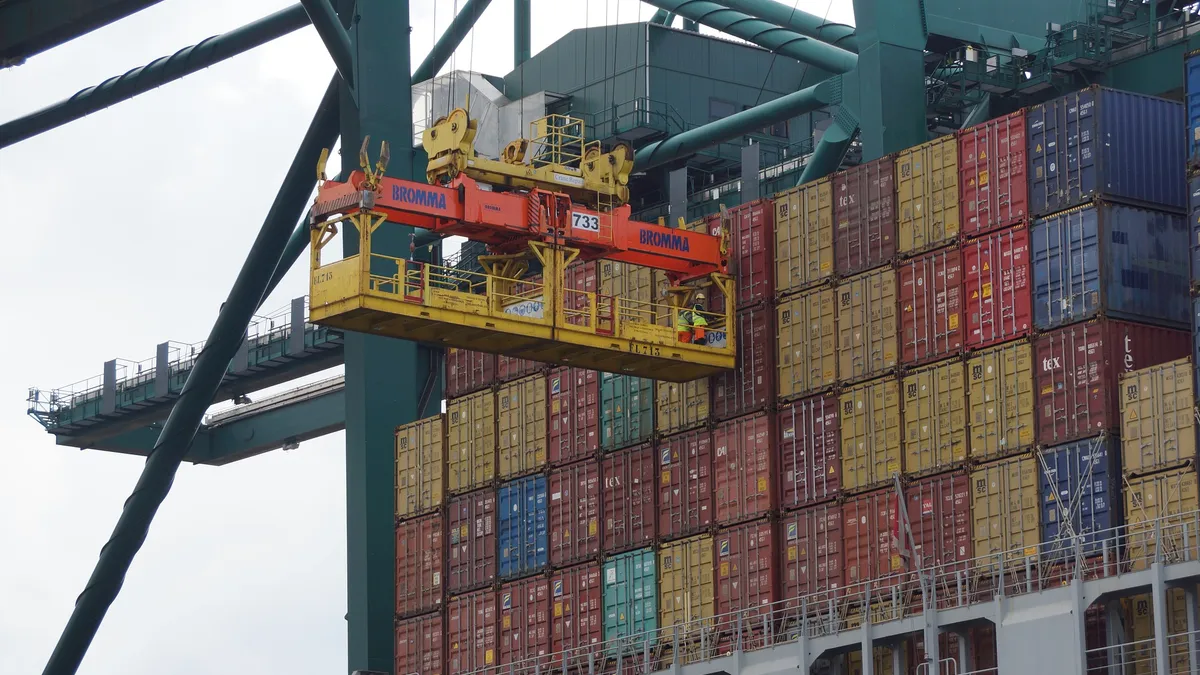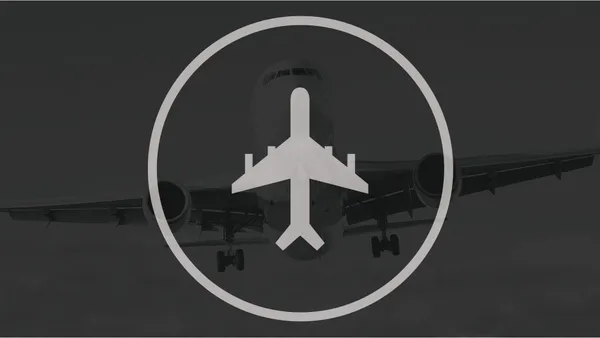Dive Brief:
- The scrapping of slightly older vessels, combined with the stabling of excess others, has significantly contributed to the industry's recovery, according to a new report from Drewry. The Loadstar reported that delaying deliveries of pre-ordered ships is also part of a successful recovery strategy.
- Carriers are investing more in east-west trade than in north-south routes. Through May of this year, 141 east-west voyages were canceled, a far lower number than the 259 seen in 2016. Both years saw more cancelations on the Asia to US west coast route.
- Once new ships are delivered between 2017 and 201, the industry may need a second recovery period.
Dive Insight:
Included among the reasons for shipping industry optimism is the cost to ship a container from Asia to Europe, which rose to $965 in May, an increase of 55% over 2016 prices. The number of idled ships also shrank, falling to 3.5% in first quarter 2017 from 6.5% in fourth quarter 2016.
Consolidation among lines and increased services are also benefiting the industry. Maersk in particular has taken an early lead on enhanced services, offering not only a new app allowing shippers to track their cargo anywhere along its route, but also is partnering with IBM to digitize the paper trail through blockchain technology and track containers. It further announced a new trade financing option within six U.S. states (Florida, New York, New Jersey, Georgia, South Carolina and Texas) to allow shippers to retain more cash on hand.
Meanwhile, as WSJ revealed, oil tankers represent the decision point that shippers must face as they wait for business to rebound. Expectation is cautiously optimistic, as the scrapping of old vessels has climbed in 2017 as the purchase of new and used very large crude carriers (VLCCs) has jumped.













